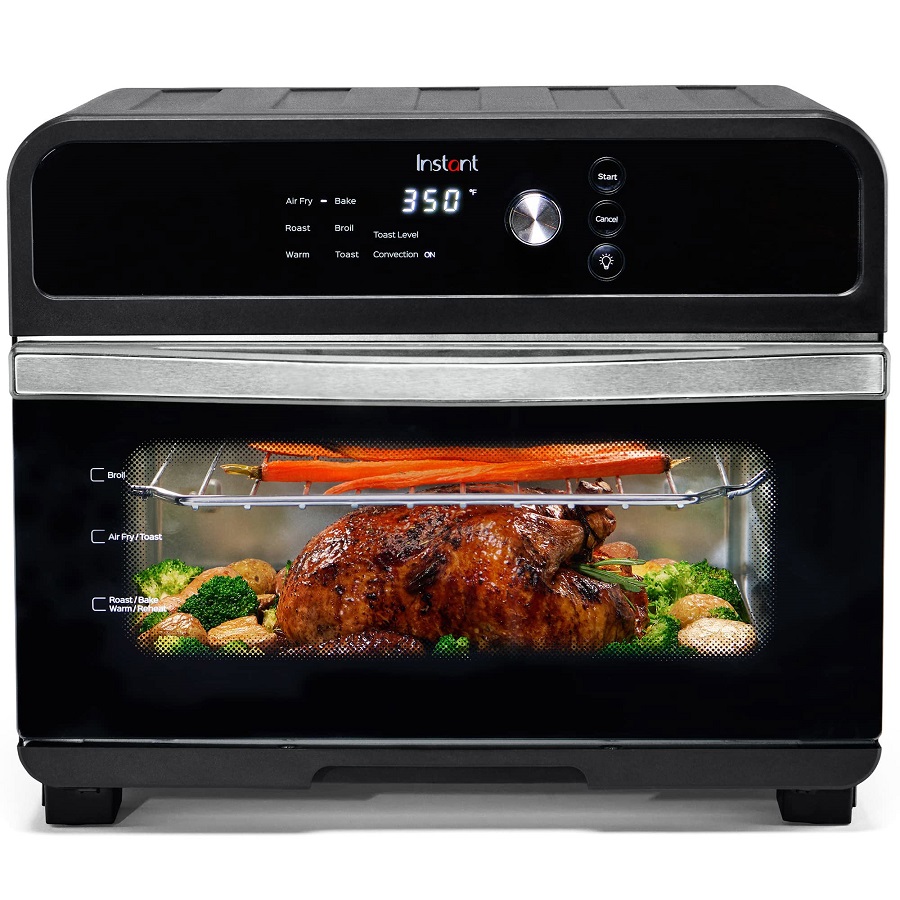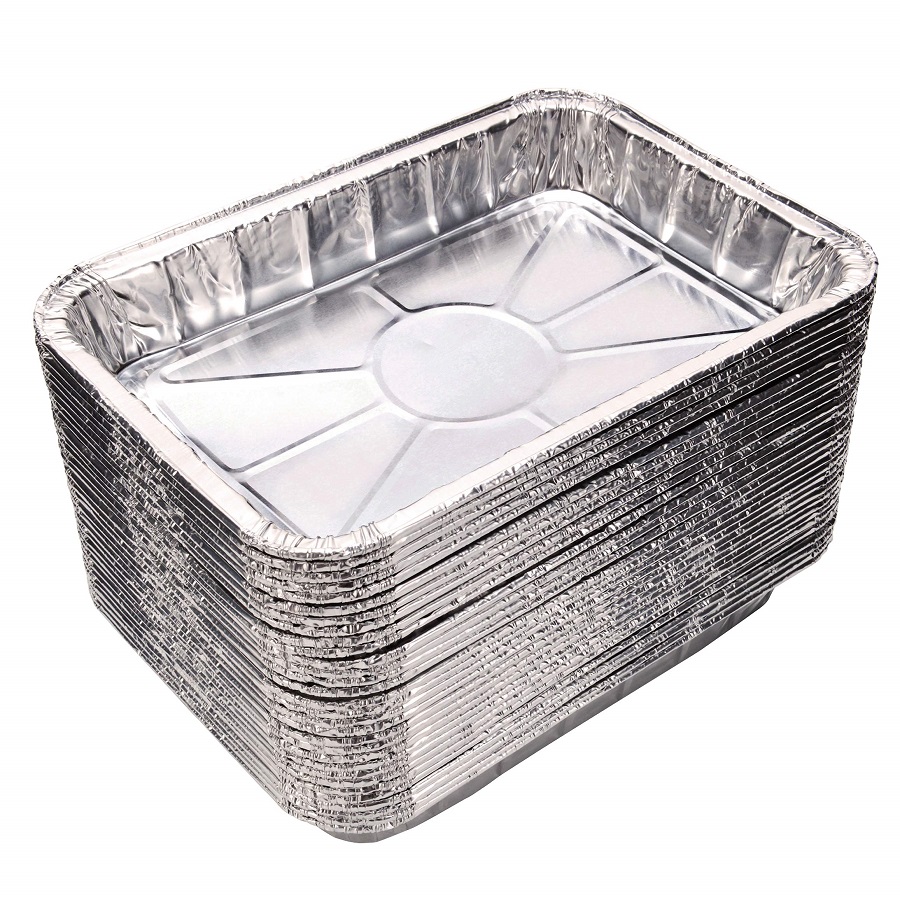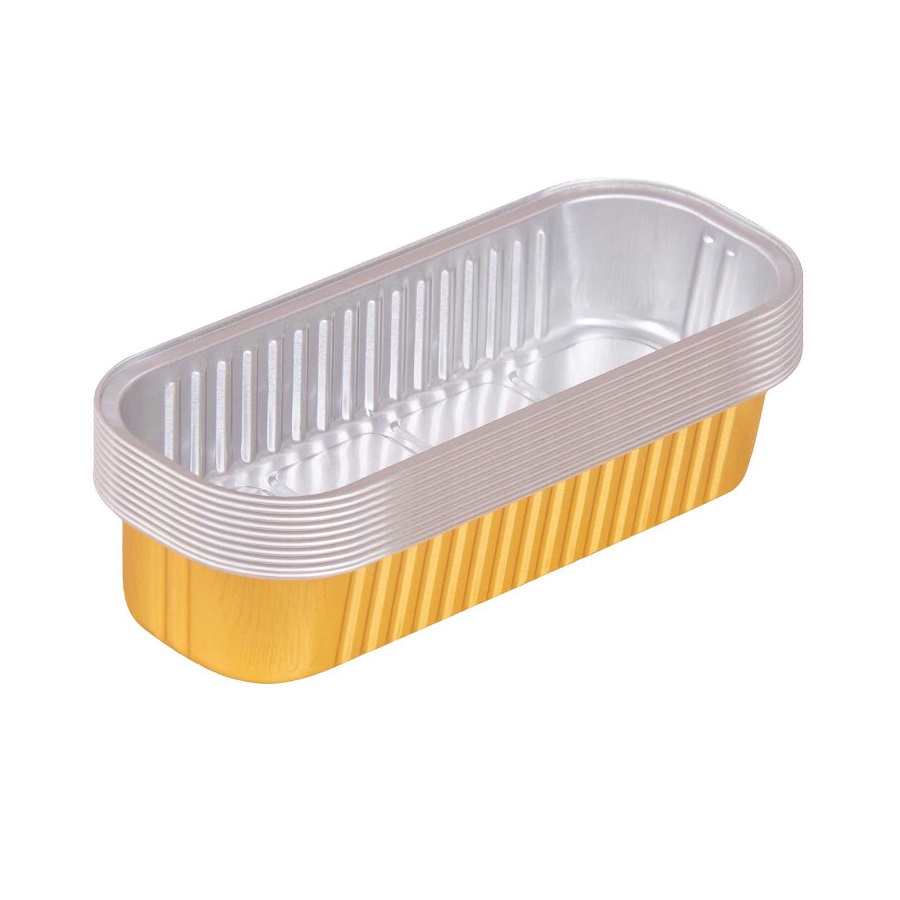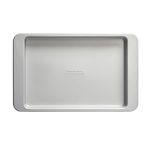Proper Use of Tin Foil in a Toaster Oven
Navigating the do’s and don’ts of using tin foil in a toaster oven is crucial for safety and cooking efficiency. The correct use of tin foil can shield your dishes from over-browning and aid in even cooking. Let’s review some best practices.
Tips for Covering Food with Tin Foil
When using tin foil to cover food in a toaster oven, keep the following in mind:
- Always use a small sheet of tin foil rather than a large one. This helps to avoid overlapping the oven’s edges.
- Create a loose tent over the dish. This prevents the foil from touching the food, maintaining proper heat circulation.
- Keep the foil from the heating elements. Foil should not contact any interior part of the oven.
These practices ensure that your food cooks properly and the oven operates safely.
When to Place Foil Over the Food During Cooking
Determining the right time to cover food with foil is key to perfecting your toaster oven baking skills:
- Use foil toward the end of cooking. Adding foil too early may slow down the cooking process.
- Monitor your dish. When the top is sufficiently browned but the inside is not done, cover it loosely with foil.
- Adjust your foil use according to the recipe’s requirements. Different dishes need different approaches.
By following these guidelines, you can use tin foil in your toaster oven effectively while maintaining the quality of your food and ensuring safe operation.
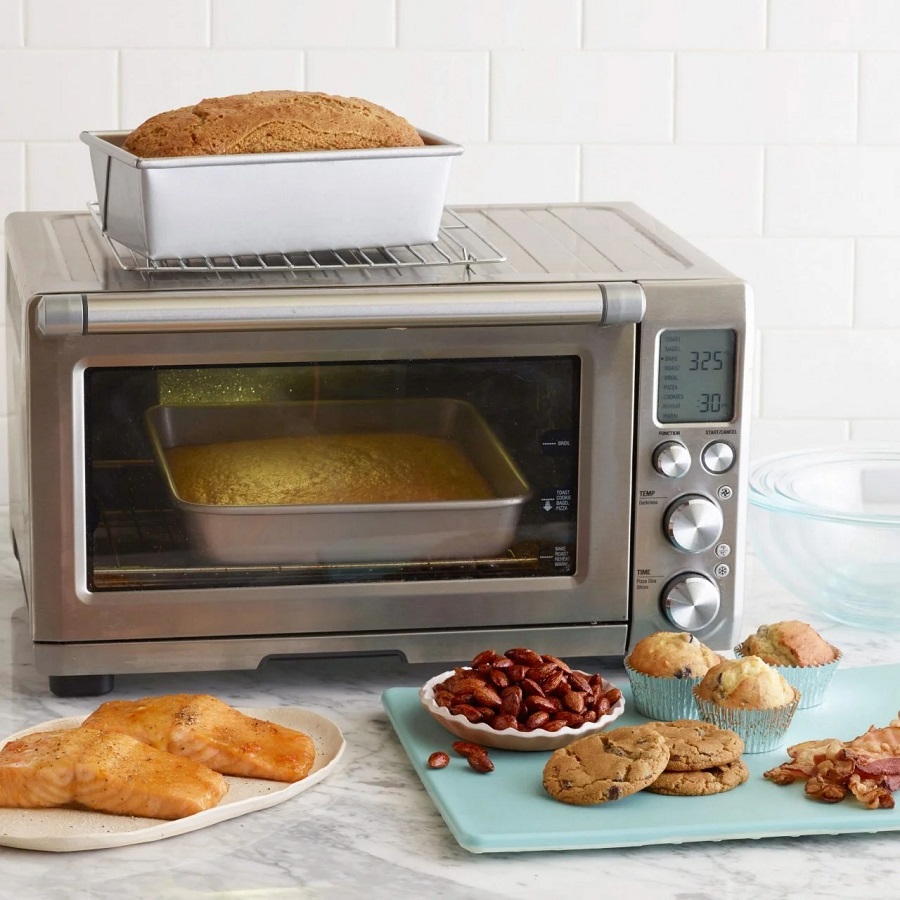 Risks of Using Tin Foil Incorrectly
Risks of Using Tin Foil Incorrectly
Using tin foil in a toaster oven must be done with caution. Incorrect use can lead to risks that compromise both your food and appliance safety.
Dangers of Restricting Airflow in Toaster Ovens
It’s important not to cover certain parts of your toaster oven with tin foil. Covering internal components, like the crumb tray or racks, is a mistake. It can block the airflow inside the oven, which is essential for regulating temperature. Blocked airflow disrupts the cooking process, and more seriously, can cause the appliance to overheat. Always allow air to circulate freely to avoid this danger.
Potential Overheating Due to Misuse of Foil
Wrapping tin foil improperly around food or internal parts can have severe consequences. If tin foil touches the heating elements or fully surrounds the food, it could lead to overheating. An oven that overheats can damage not just the food, but also the oven’s internal mechanisms. This presents a fire hazard and can shorten the life of the appliance. To prevent overheating, use tin foil wisely by creating a loose tent over your dish and keep it away from the toaster oven’s heating elements.
Baking with Tin Foil
Using tin foil in a toaster oven can be quite handy, especially for baking. But it’s essential to understand the correct method to ensure even cooking and prevent any hazards. Let’s dive into the best way to bake certain foods using tin foil.
Baking Potatoes in a Toaster Oven Using Foil
To bake a potato in a toaster oven with tin foil:
- Preheat the toaster oven to 425 degrees Fahrenheit.
- Choose firm potatoes with no blemishes or green spots.
- Rinse and scrub the potato to clean it; this keeps the nutrients in the skin.
- Poke holes in the top to let steam escape and prevent exploding.
- Wrap the potato loosely in foil to steam and keep moisture in.
It typically takes about an hour to bake a potato, depending on its size.
Advantages of Wrapping Food in Foil
Wrapping food in tin foil when baking in a toaster oven offers multiple benefits:
- It locks in moisture for juicier meals, especially useful for meats and vegetables.
- Foil can reduce cooking mess, making clean-up easier.
- It helps in evenly cooking food by distributing heat throughout.
Remember, when wrapping food in tin foil, make sure it’s a light wrap, not too tight, to allow for heat circulation.
Toaster Oven Safety Tips
Using a toaster oven safely means knowing how to use tin foil right. Follow these safety tips when using tin foil to prevent unwanted accidents.
Precautions When Using Tin Foil
Be careful with tin foil in a toaster oven. To keep cooking safe and efficient, remember:
- Do not let foil touch the interior walls or heating elements.
- Never cover the bottom of the oven with foil.
- Avoid wrapping food too tightly; steam needs to escape.
By following these simple steps, you can avoid fire risks and appliance damage.
Understanding Toaster Oven Limitations and Features
To use a toaster oven safely, know what it can and cannot do. Here are key points:
- Learn your toaster oven’s specific features. Read the manual carefully.
- Recognize size limits. Don’t overcrowd the oven with too much food or foil.
- Acknowledge that some food or recipes may not be suitable for a toaster oven.
Understanding your appliance’s capabilities ensures better and safer operation while using tin foil.
Alternatives to Tin Foil
Finding different ways to cover food in a toaster oven is sometimes necessary. Whether you’re out of tin foil or prefer not to use it, there are safe and effective options you have.
Other Safe Options for Covering Food in a Toaster Oven
If you need to cover your food and tin foil is not an option, consider the following:
- Silicone Lids: Silicone lids are safe for use in toaster ovens. They can withstand high temperatures and are reusable.
- Oven-Safe Glass Lids: Some dishes come with glass lids designed to handle the heat of an oven.
- Toaster Oven-Safe Bakeware: Certain bakeware comes with its own lid, perfect for covering food during cooking.
- Parchment Paper: While it is flammable, parchment paper can be used carefully in a toaster oven, away from the heating elements.
Remember to always check if your alternative covers are appropriate for the oven’s settings.
Best Practices for Toaster Oven Use Without Foil
Using a toaster oven without tin foil is straightforward if you keep these practices in mind:
- Check Material Safety: Ensure any material you use as a cover is oven-safe.
- Monitor the Cooking: Without foil, cooking times may change. Watch your food closely.
- Adjust Temperature and Time: You may need to tweak cooking times or temperatures when not using foil.
- Keep Clear of Elements: No matter the cover, keep it clear from the toaster oven’s heating elements.
By incorporating these alternatives and best practices, you can safely and effectively use your toaster oven without tin foil.
FAQs and Troubleshooting
This section aims to address some frequently asked questions and provide troubleshooting advice regarding the use of tin foil in toaster ovens.
Common Questions About Tin Foil Use in Toaster Ovens
Many users have similar inquiries about using tin foil safely in toaster ovens. Here are some common questions:
- Can tin foil touch the food? It’s best to create a loose tent to avoid contact, which helps heat circulate.
- Is it okay to cover the crumb tray with foil? No, this can block air and cause overheating.
- Can I wrap potatoes in foil to bake them in the toaster oven? Yes, wrap them loosely to retain moisture and cook evenly.
- Will foil speed up cooking times? Not necessarily; sometimes it might slow the cooking if used incorrectly.
Always remember to use tin foil in a manner that doesn’t compromise the toaster oven’s airflow or safety mechanisms.
Contact Information for Further Assistance
In case you’re still unsure about proper tin foil use in your toaster oven, reaching out for help is a good move. For more guidance:
- Read the Manual: Consult your toaster oven’s user manual for specific instructions.
- Manufacturer Support: Look up the customer service contact for the maker of your toaster oven.
- Online Communities: Join forums or social media groups focused on toaster oven cooking for tips from experienced users.
Ensure that your use of tin foil conforms to the safety standards to avoid any risks when cooking with your toaster oven.
